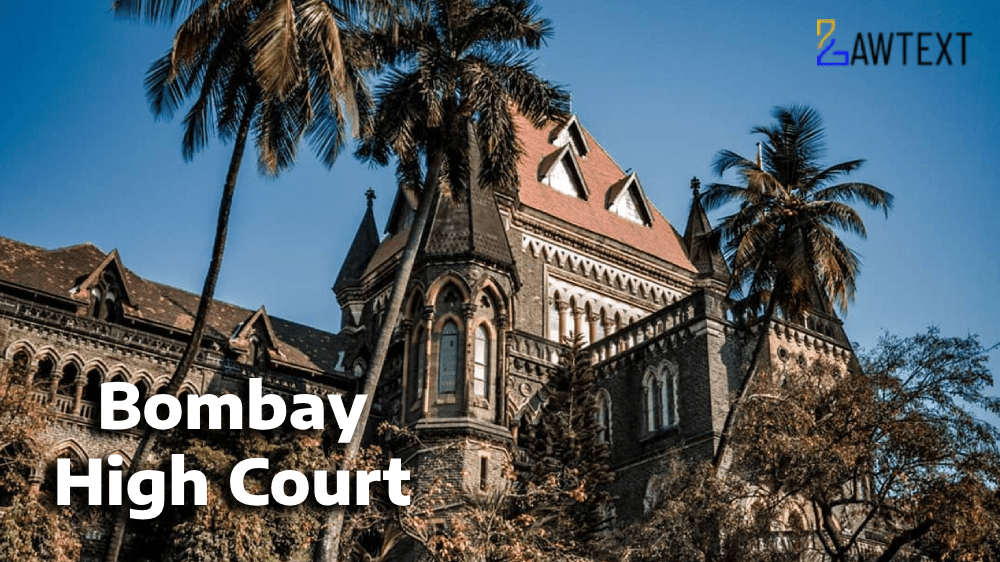

The petitions challenge the Maharashtra Right of Children to Free and Compulsory Education (Amendment) Rules, 2024, which add provisos to Rules 4(5) and 8(2) of the Maharashtra Right of Children to Free and Compulsory Education Rules, 2011. These amendments exempt private unaided schools within 1 km of government/aided schools from admitting 25% of students from disadvantaged groups and deny reimbursement for such admissions. The petitioners argue that these amendments violate Section 12(1)(c) of the RTE Act, 2009, and Article 21-A of the Constitution. The court's analysis concludes that the amendments are ultra vires the RTE Act and unconstitutional, thus declaring them void and inoperative.
Petitions Overview
Amendments Details
Historical Context
Judicial Recognition
Legislative Actions
Petitioners' Arguments
State's Defense
Interveners' Perspective (Private Schools)
Validity of Delegated Legislation
Section 38 of the RTE Act
Contradiction with Section 12(1)(c)
Judicial Observations
Other High Court Rulings
Financial Constraints Argument
Comprehensive Scheme of RTE Act
Proviso to Rule 4(5)
Proviso to Rule 8(2)
Admissions Already Made
Petitions Allowed
Citation: 2024 LawText (BOM) (7) 191
Case Number: PUBLIC INTEREST LITIGATION NO. 61 OF 2024 WITH PUBLIC INTEREST LITIGATION NO.87 OF 2024 [transferred from Nagpur Bench bearing PIL/17/2024] ALONG WITH ORDINARY ORIGINAL CIVIL JURISDICTION PUBLIC INTEREST LITIGATION (L) NO. 14887 OF 2024 WITH WRIT PETITION NO. 3317 OF 2024 WITH PUBLIC INTEREST LITIGATION (L) NO. 15520 OF 2024
Date of Decision: 2024-07-19
Case Title: Akhil Bharatiya Samajwadi Adhyapak Sabha & Ors. Versus State of Maharashtra & Ors.
Before Judge: DEVENDRA KUMAR UPADHYAYA, CJ. & AMIT BORKAR, J.
Advocate(s): Mr. Mihir Desai, Senior Advocate with Ms. Devyani Kulkarni and Ms. Sanskruti Yagnik for petitioners in PIL/61/2024. Ms. Jayna Kothari, Senior Advocate with Ms. Payal Gaikwad, Mr. Deepak Chatap, Mr. Raj Kamble and Ms. Vasudha Chandwani for petitioner in PIL(L)/14887/2024. Ms. Gayatri Singh, Senior Advocate with Ms. Shreya Mohapatra and Sanjot Shirsath for petitioner in WP/3317/2024. Mr. Swanand Ganoo with Mr. Tejas S. Bhide for petitioner in PIL (L)/15520/2024. Ms. Jayna Kothari, Senior Advocate with Mr. Deepak Chatap, Mr. Rushikesh Bhoyar for petitioners in PIL/87/2024. Ms. Jyoti Chavan, Additional GP with Mr. O. A. Chandurkar, Addl. G.P., Ms. G. R. Raghuwanshi, A.G.P. for State – respondent in PIL/61/2024. Mr. P. P. Kakade, Government Pleader with Mr. O. A. Chandurkar, Additional GP for respondent in PIL No.87 of 2024 Ms. Jyoti Chavan, Addl. G.P. with Smt. Rita Joshi, A.G.P. for the State–respondent in PIL(L)/14887/2024, PIL(L)/15520/2024 and WP/3317/2024. Mr. Arvind G. Kothari with Ms. Manisha Mane – Bhangale, Ms. Brijal Vora and Mr. Akshay Arora i/b. Parinam Law Associates for respondent Nos. 4 and 5 in PIL/61/2024. Mr. Arvind Kothari for respondent Nos.6, 7, 18 and 19 in PIL/61/2024. Mr. Nilesh Patil with Ms. Shraddha Pawar i/by Team Justice League for respondent Nos. 8 to 12 in PIL/61/ 2024. Mr. Pritesh Burad with Mrs. Madhuri Gamare i/by Pritesh Burad Associates for respondent No. 17 in PIL/61/2024. Mr. Chaitanya Nikte with Mr. Swapnil Sangle i/by Mr. Prajit S. Sahane for respondent No. 21 in PIL/61/2024. Ms. Leena Patil for respondent No. 1-(UOI) in WP/3317/2024. Mr. Ashutosh Mishra for respondent No.3–(UOI) in PIL(L)/15520/2024. Dr. Milind Sathe, Senior Advocate with Mr. Vikram Trivedi, Ms. Suchitra Valjee, Mr. Varun Nathani, Mr. Himalaya Chaudhary, Ms. Rajvi Shah, Ms. Riyas Vasa i/by Manilal Kher Ambalal & Co. for respondent No.4 in PIL(L)/14887/2024. Mr. Sharad Gosavi – Director of Primary Education, Pune is present. Mr. Ramdas Dhumal – Desk Officer (Education) Mantralaya, Mumbai is present.
Appellant: Akhil Bharatiya Samajwadi Adhyapak Sabha & Ors.
Respondent: State of Maharashtra & Ors.